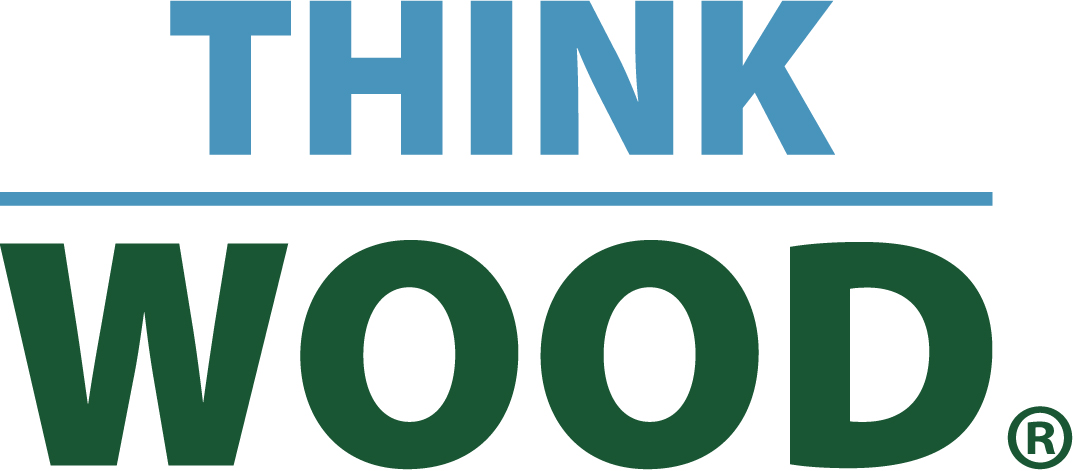Connection Options for Wood-Frame and Heavy Timber Buildings
Heavy Timber Construction
Heavy timber construction utilizes many of the standard connections described above, including bolted connections, timber rivets, split rings and shear plates. Innovative proprietary connections are also widely used, and today’s designers have a tremendous range of options. Innovative examples include, among many others, grid plates and concealed kerf plates with self-drilling dowels. Where fire endurance is required, connectors and fasteners shall be protected from fire exposure. Some methods of providing protection include wood, fire-rated gypsum board or fire resistant coatings.
Because heavy timber buildings lend themselves to innovative design, many require custom connections to arrive at the sensitive balance between safety, efficiency, serviceability and aesthetics.
Traditional heavy timber details are available in the publications, Heavy Timber Construction Details by AWC and Glulam Construction Details (Form T300) by APA – The Engineered Wood Association. These details are consistent with the construction requirements outlined in IBC section 2304.10. They are representative of those you would find in existing historic buildings, and are useful when retrofitting or restoring historic structures.
Endnotes
- National Design Specification (NDS) for Wood Construction, American Wood Council
- ASD/LRFD Manual for Engineered Wood Construction, Chapter 10 – Mechanical Connections, American Wood Council
- DES310: The Wood Connection Session (e-course), American Wood Council, APA – The Engineered Wood Association, Canadian Wood Council, Wood Truss Council of America
- Technical Note: Glulam Connection Details, 2007, APA – The Engineered Wood Association
- U.S. CLT Handbook, 2013, FPInnovations
- Structural Design in Wood, Stalnaker & Harris, Kluwer Academic Publishers

|
Think Wood is a leading education provider on the advantages of using softwood lumber in commercial, community and multifamily building applications. We introduce innovators in the field to our community of architects, engineers, designers and developers. For support or resources, contact us at info@ThinkWood.com. |








